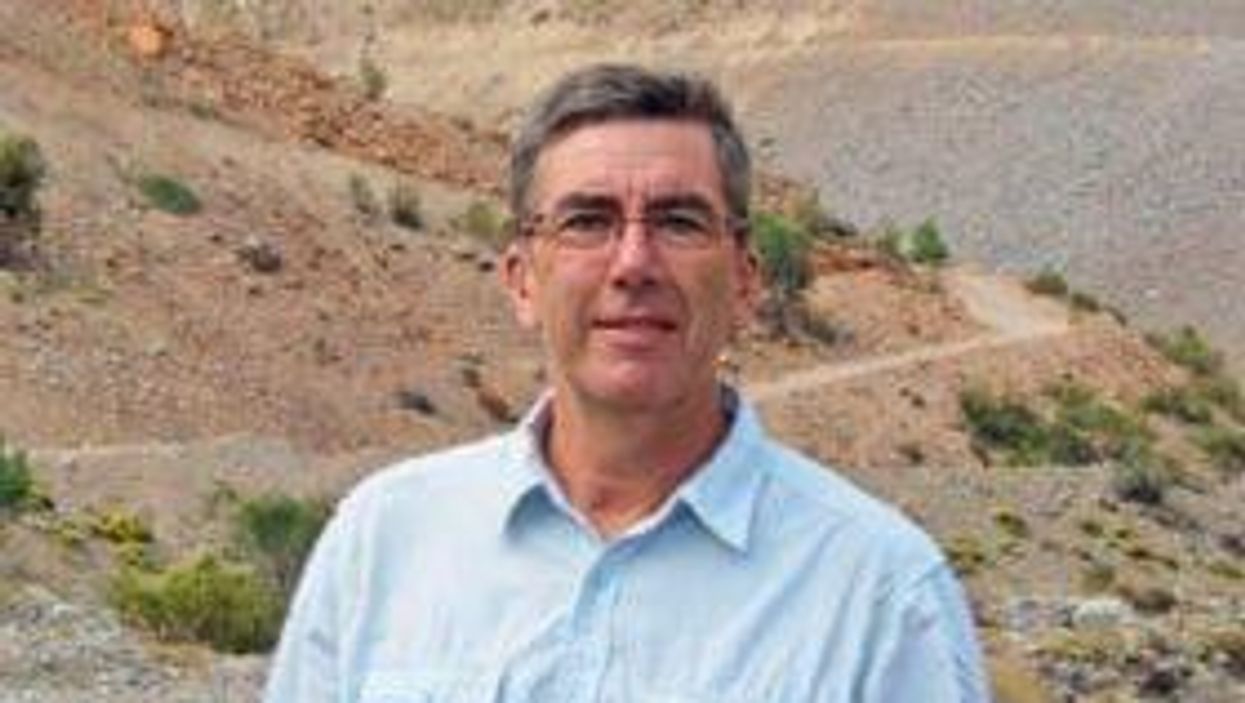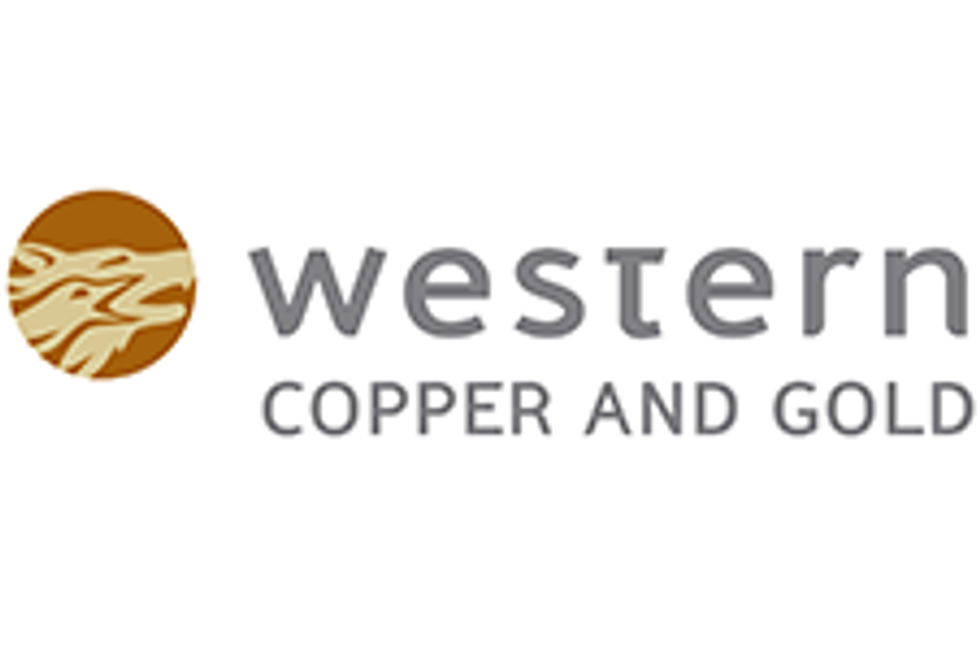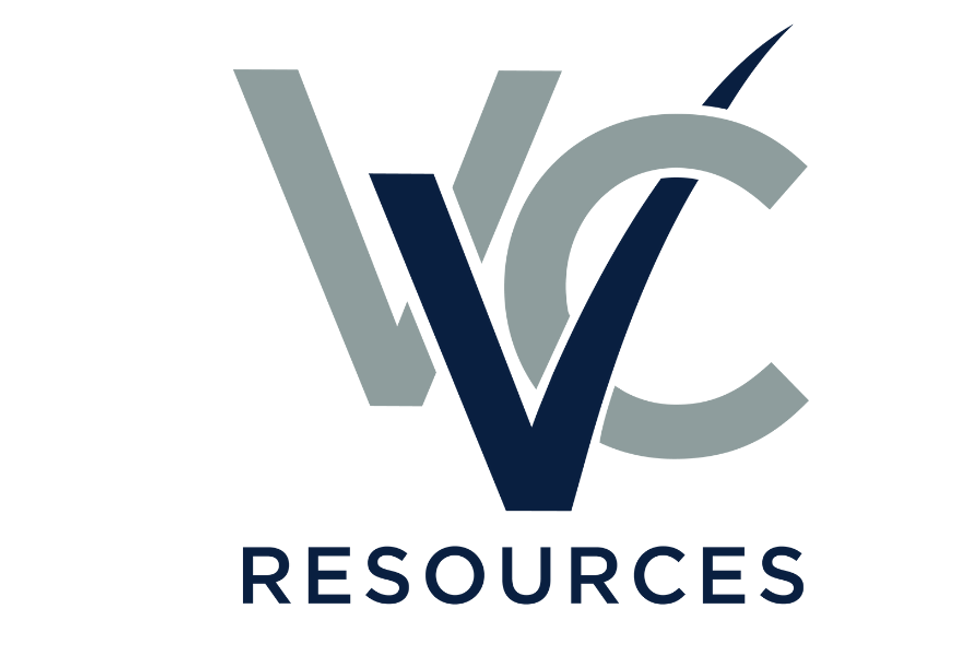- AustraliaNorth AmericaWorld
Investing News NetworkYour trusted source for investing success
- Lithium Outlook
- Oil and Gas Outlook
- Gold Outlook Report
- Uranium Outlook
- Rare Earths Outlook
- All Outlook Reports
- Top Generative AI Stocks
- Top EV Stocks
- Biggest AI Companies
- Biggest Blockchain Stocks
- Biggest Cryptocurrency-mining Stocks
- Biggest Cybersecurity Companies
- Biggest Robotics Companies
- Biggest Social Media Companies
- Biggest Technology ETFs
- Artificial Intellgience ETFs
- Robotics ETFs
- Canadian Cryptocurrency ETFs
- Artificial Intelligence Outlook
- EV Outlook
- Cleantech Outlook
- Crypto Outlook
- Tech Outlook
- All Market Outlook Reports
- Cannabis Weekly Round-Up
- Top Alzheimer's Treatment Stocks
- Top Biotech Stocks
- Top Plant-based Food Stocks
- Biggest Cannabis Stocks
- Biggest Pharma Stocks
- Longevity Stocks to Watch
- Psychedelics Stocks to Watch
- Top Cobalt Stocks
- Small Biotech ETFs to Watch
- Top Life Science ETFs
- Biggest Pharmaceutical ETFs
- Life Science Outlook
- Biotech Outlook
- Cannabis Outlook
- Pharma Outlook
- Psychedelics Outlook
- All Market Outlook Reports
Rights Issue and Shortfall
Los Andes Copper CEO: High-grade Drill Results at Vizcachitas Will Lead to Updated Resource Estimate and PEA
Los Andes Copper President and CEO Antony Amberg discusses the company’s advancements in their Chilean Vizcachitas project.
Los Andes Copper (TSXV:LA) is a Canadian resource company focused on advancing its 100-percent-owned Vizcachitas project in copper-rich Chile.
Vizcachitas contains a large copper-moly porphyry deposit that occurs in the same geological belt as several other world-class copper-moly porphyry deposits. In this interview, Los Andes Copper President and CEO Antony Amberg discusses advances at the property, as well as upcoming catalysts.
Based on its 2014 NI 43-101 resource estimate, Vizcachitas is the largest undeveloped copper project in South America that is not controlled by a major mining company. The company’s 2017 drilling program was recently completed, showing a 400-meter by 400-meter area with all drill holes grading higher than 0.5 percent copper. With these results, Los Andes will be publishing an updated resource estimate and an updated preliminary economic assessment( PEA) in November 2017 and January 2018, respectively.
Below is a transcript of our interview with Los Andes Copper President and CEO Antony Amberg. It has been edited for clarity and brevity.
Investing News Network: What are three important things investors should know about your company?
Los Andes Copper President and CEO Antony Amberg: We have completely redeveloped the geological model for our Vizcachitas project. We have been drilling for the last couple of years, and in 2015 we had one drill hole of 502 meters at 0.63 percent copper from a depth of 130 meters. That result transformed the area, demonstrating grade from near surface to depth. This year, in another hole, we have drilled 560 meters at 0.57 percent copper from a depth of 486 meters. That is nearly 500 meters to the north of the previous hole, so we are demonstrating very good grades across the project.
We have developed a new model and have drilled in it, and that drilling has confirmed a near-surface grade. We have demonstrated that there is an area of 400 meters by 400 meters where all drill holes have grades higher than 0.5 percent copper in supergene mineralization. That is a very important accomplishment for the first few years of our new project, as that will be the first material to be mined. We expect there would be good head grade in the first few years of any potential project.
INN: What is one factor that makes your company unique?
AA: Our Chilean project, Vizcachitas, is the largest copper development project in the Americas that is not controlled by a major resource company. There are no significant investors or majors with holdings in our company, and that makes us unique.
INN: What is one near-term milestone or catalyst that investors should be on the lookout for?
AA: There are two that I can think of. The first is that we will be releasing a new resource estimate. We have completed our drilling programs and are collecting all the data to prepare a new geological model, which will go into the resource estimate we plan to publish in November.
The second upcoming catalyst is a PEA that will use the updated resource estimate and block model as sources. The PEA will be published in January 2018.
CEO interviews are part of investor education campaigns for clients advertising on the Investing News Network. Important news is contextualized by CEOs, and the resulting interviews are disseminated to the Investing News Network audience because they have value to market watchers.
The Investing News Network interviews a CEO for an understanding of their perspective on the company, the investment potential of the company and market news related to the company. The information contained here is for information purposes only and is not to be construed as an offer or solicitation for the sale or purchase of securities.
The interview below was originally posted in September 2017. Please scroll up for the latest Los Andes Copper interview.
Los Andes Copper (TSXV:LA) is a Canadian resource company focused on advancing its Vizcachitas copper project in Chile. Vizcachitas is a copper-moly porphyry deposit that occurs in the same geological belt as other world-class mining operations.
The company is currently completing an 8,200-meter drill program at Vizcachitas with the aim of releasing an updated resource estimate and preliminary economic assessment (PEA) by the end of the year. So far, Los Andes Copper has released two sets of drill results from the program, with more to follow in the coming months.
In the interview below, Los Andes Copper President and CEO Antony Amberg discusses the history of Vizcachitas and outlines the work being completed at the project. He also explains why he believes the asset has the potential to shine in the mining industry’s next cycle.
Investing News Network: Can you please give our investor audience some background on Los Andes Copper and the Vizcachitas copper project in Chile?
Los Andes Copper President and CEO Antony Amberg: Los Andes Copper is a TSX-listed company with a copper-moly porphyry project in Chile. The Vizcachitas project is the largest undeveloped copper project in the Americas that remains independent of a major mining company. It is located on the same belt as four of the largest copper operations in the world, and has the potential to become one of the prime players in this next cycle.
We published a PEA on the project in 2014 showing a large resource; 1,038 million tonnes at 0.434 percent copper equivalent indicated, and 318 million tonnes at 0.405 percent copper equivalent inferred, both with a cut off of 0.3 percent copper equivalent. The 2014 PEA also demonstrated that there were no fatal flaws. The PEA showed that we have a viable project with a large, low-strip, open-pit mine with the possibility of copper production of 178,000 tonnes per year with a cash cost of around $1.69.
INN: Since releasing the 2014 PEA for Vizcachitas, Los Andes has put together and drill tested a new geological model that includes higher-grade mineralization at the central core of the deposit. What can you tell us about this new geological model and the results of the 8,200-meter work program at the project?
AA: The PEA created some interest from various companies that sent groups of geologists out to look at the project and review the core. One of the nice things about the project is that we have all 40 kilometers of core at the project site, so it is possible for people to come and audit or review the project. One of these groups that came to the site identified that the old interpretation had missed some of the high-grade core, and specifically some of the early porphyry phases, which carried very good primary grades. And so as part of this review that they carried out, they identified the importance of these units and also the hydrothermal breccias.
To cut a long story short, the company that identified the flaws of the old model drastically reduced their overall exploration costs, retrenching these geologists, and we were able to bring them onto our team. In the later part of 2014 and the first part of 2015, this team was dedicated to logging all the historical core and updating the geological models. Using these world-class geologists, we developed a new geological model for Vizcachitas.
At the end of 2015, we raised enough money to carry out 3,600 meters of drilling so that we could test that new geological model, and the results from that drilling were very encouraging. For example, in hole V2015-08 we had 502 meters at 0.631 percent copper with 209 ppm moly from a depth of 130 meters downhole, including 54 meters at 1.023 percent copper. Another example is hole V2015-05, where we intersected 52.1 meters at 0.812 copper at a depth of 492 meters. The drilling during 2015 and 2016 confirmed the geological model and demonstrated the high-grade potential within the early porphyry phases and within the hydrothermal breccias.
Having done that drilling, interest in the project increased and we were able to attract further investment. In December 2016, we raised C$8 million. We raised the money with Resource Capital Funds, who had been following our story — when we published the results from the 2015 and 2016 drilling and showed them the potential for the project, that is when they came in with the funding.
This year we’ve been drilling an 8,200-meter program. This program is to essentially further confirm the new geological model and demonstrate that the good results from 2015 and 2016 have strike length. We are also carrying out drilling in the northern part of the project, where we believe there is great potential to find high-grade mineralization in areas where previously none has been indicated.
We just released two press releases, and the first press release shows that we have 302.1 meters with 0.55 percent copper from a depth of 72 meters downhole in hole V2017-01A, which is effectively the top of bedrock. That demonstrates very good grades running from the top of bedrock. The second press release shows that we have 88 meters at 0.6 percent copper at depths of 680 meters. So again, what we are able to show from these results is that the drill results that we identified in 2015 and 2016 have strike length and the grades are very similar. We are very encouraged with the results to date; we are now logging all the drilling, and we have sent off the samples to the laboratory for assay. As those results come in we will be putting out a series of press releases.
INN: Are you still on track to complete a new resource estimate and PEA for Vizcachitas by the end of the year?
AA: Yes, that’s correct. The 8,200-meter drill program is not just to test the geological model — we will be updating the geological model with the results from the drilling so that we can have an updated resource estimate by the end of October 2017, and publish an updated PEA around year end.
We are also using the core from the diamond drilling for metallurgical testing. We have sent off 40 samples for metallurgical testing, which we will be able to use to confirm the recovery for copper and the molybdenum. That will help reduce possible risks and increase our understanding of the recovery and the costs involved in processing the potential ore. This work runs in parallel to the resource estimate and all this data will be then fed into the PEA.
INN: Are there any other catalysts for Los Andes Copper that investors can look forward to in the next 12 to 18 months?
AA: In the next couple of months we’re going to be putting out drill results from the 8,200-meter program, which we believe will be very encouraging. At the end of October, we expect to have an updated resource estimate for the project, and then as we’ve mentioned, around the end of the year we will have the PEA.
The PEA will look at two scenarios. We will look at a large-case scenario with approximately 180,000 tonnes per day of production, and of course that would maximize the NPV, but would be associated with a large capital cost. However, we want to prioritize a smaller case — a starter case that would be somewhere around 40,000 to 50,000 tonnes per day. The capital cost for that we estimate would be between $1.2 and $1.5 billion. That scenario would multiply the alternatives to accelerate the development of a mining operation.
INN: How well financed is Los Andes Copper to meet its near-term goals for advancing the Vizcachitas project?
AA: As I mentioned, Los Andes Copper raised C$8 million back in December 2016, and we’ve been using those funds to carry out the work program that I described. Those funds are sufficient to take us through to the end of the work program and the publication of the PEA, and give us some working capital for running costs. Having published the PEA, we will be able to define the project to advance toward the next stage — the prefeasibility — and how we want to take the project forward, and then we will be able to define the financing necessary for that program.
INN: Is there anything else investors should know about Los Andes Copper?
AA: I said at the beginning that Vizcachitas is the largest undeveloped copper project in the Americas that remains independent of a major mining company, and has the potential to become a prime player in the coming cycle. It’s probably going to be set up to expand on a modular basis, but just the profile of the deposit itself makes it world class by any standard.
CEO interviews are part of investor education campaigns for clients advertising on the Investing News Network. Important news is contextualized by CEOs, and the resulting interviews are disseminated to the Investing News Network audience because they have value to market watchers.
The Investing News Network interviews a CEO for an understanding of their perspective on the company, the investment potential of the company and market news related to the company. The information contained here is for information purposes only and is not to be construed as an offer or solicitation for the sale or purchase of securities.
Outlook Reports
Featured Base Metals Investing Stocks
Browse Companies
MARKETS
COMMODITIES
| Commodities | |||
|---|---|---|---|
| Gold | 2346.76 | -16.95 | |
| Silver | 28.43 | +0.30 | |
| Copper | 4.33 | +0.07 | |
| Oil | 84.63 | -1.03 | |
| Heating Oil | 2.64 | -0.04 | |
| Natural Gas | 1.72 | -0.05 | |
Investing News Network websites or approved third-party tools use cookies. Please refer to the cookie policy for collected data, privacy and GDPR compliance. By continuing to browse the site, you agree to our use of cookies.






